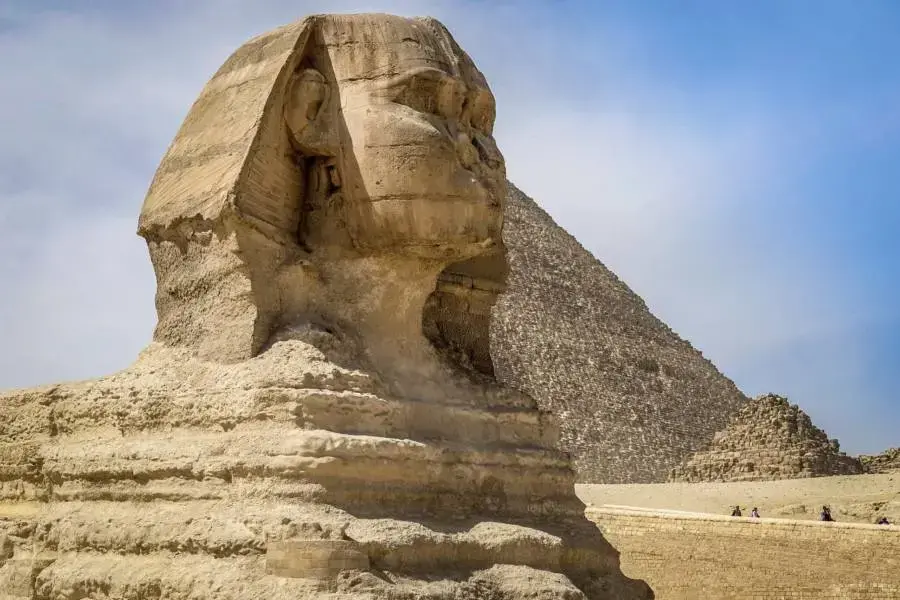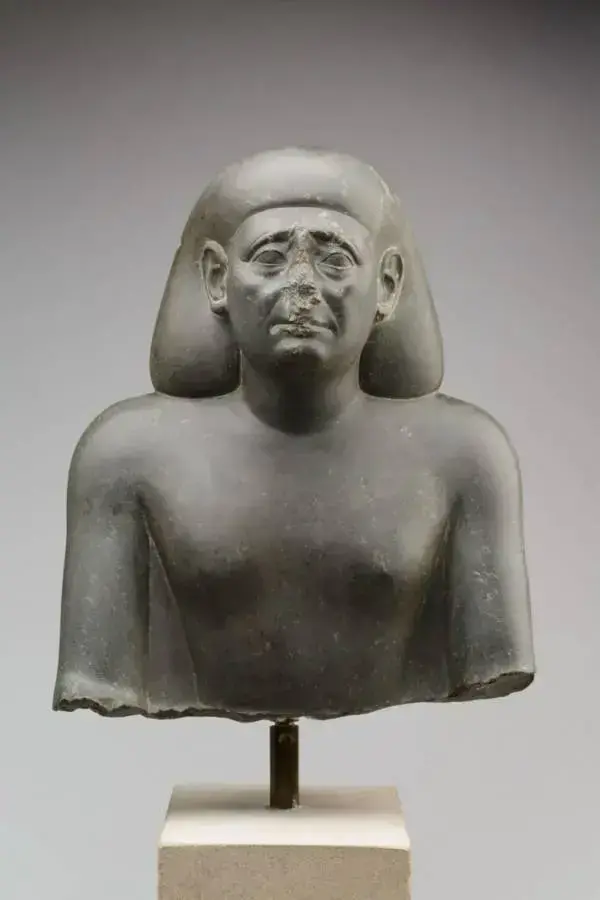Why Are So Many Egyptian Statues Without Noses? Groundbreaking Study Reveals the Shocking Truth!
Wikimedia Commons The Great Sphinx of Giza, perhaps the most famous Egyptian statue with a conspicuously missing nose.

As curator of the Brooklyn Museum’s Egyptian art galleries, Edward Bleiberg fields many questions from curious visitors. The most common is a mystery that many museum-goers and history buffs have pondered for years: Why do statues’ noses break so often?
According to CNN , Bleiberg believed that the wear and tear that occurs over millennia naturally affects the small, protruding parts of a statue before the larger components. However, after hearing this question so often, Bleiberg began doing some research.
Bleiberg’s research posited that ancient Egyptian artifacts were deliberately defaced because they served as political and religious totems and that their mutilation could affect the symbolic power and dominion that the gods had over the people. He came to this conclusion after discovering similar destruction in various media of Egyptian art, from three-dimensional to two-dimensional pieces.

The Metropolitan Museum of Art, New YorkA nostalgic statue of Pharaoh Senusret III, who ruled Egypt in the 2nd century BC.
While age and transportation might reasonably explain how a three-dimensional nose could have been broken, they do not necessarily explain why the flat relief counterparts were also disfigured.
“The consistency of the patterns in which the damage is found on the sculpture suggests that this was an intentional act,” Bleiberg said, adding that the defacements were likely motivated by personal, political and religious reasons.
The ancient Egyptians believed that the essence of a deity could inhabit an image or representation of that deity. The intentional destruction of this representation, therefore, could be seen as something that was done to “deactivate the force of an image.”

The Metropolitan Museum of Art, New YorkThe noseless bust of an ancient Egyptian official, dating from the 4th century BC.
Bleïberg also explained how tombs and temples served as primary repositories for sculptures and reliefs that served these ritual purposes. By placing them in a tomb, for example, they could “feed” the dead in the afterlife.
“They all have to do with the economy of offerings to the supernatural,” Bleiberg said. “The Egyptian state religion” was seen as “an arrangement in which the kings of the Earth provide for the deity and in return the deity takes care of Egypt.”
As such, since statues and reliefs were “a meeting point between the supernatural and this world,” those who wanted culture to regress would do well to deface such objects.
“The damaged body part can no longer perform its work,” Bleiberg explained. In other words, the spirit of a statue can no longer breathe if its nose is broken. The vandal is essentially “killing” the deity considered vital to Egypt’s prosperity.
Contextually, this makes a lot of sense. Statues depicting humans making offerings to the gods often have their left arms severed. Coincidentally, the left arm is known to have been used for making offerings. In turn, the right arm of statues depicting a deity receiving offerings is also often damaged.






